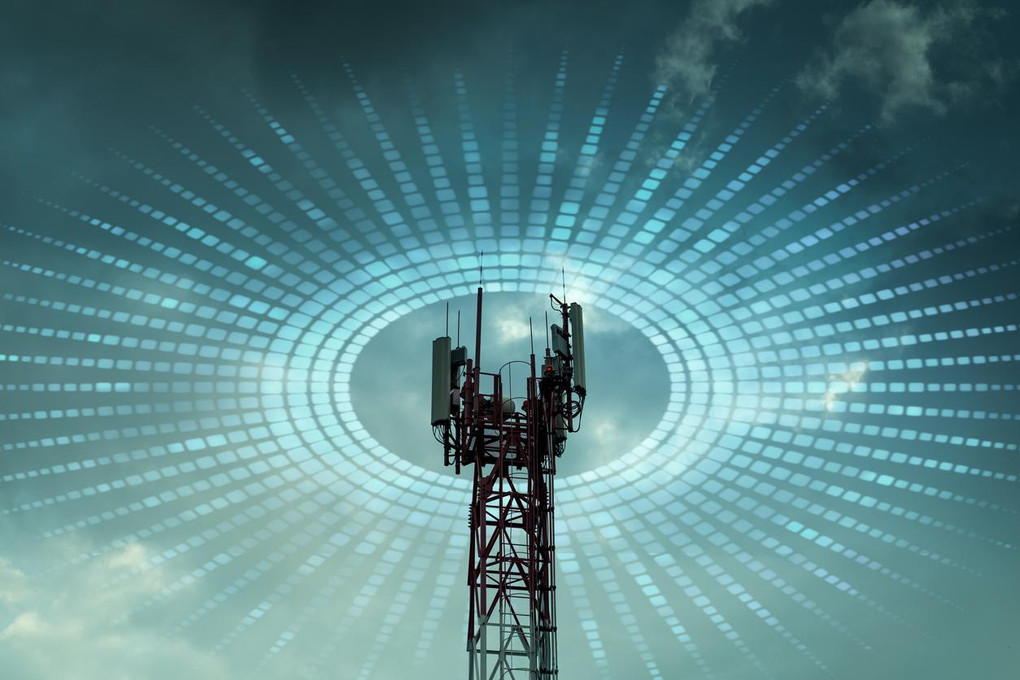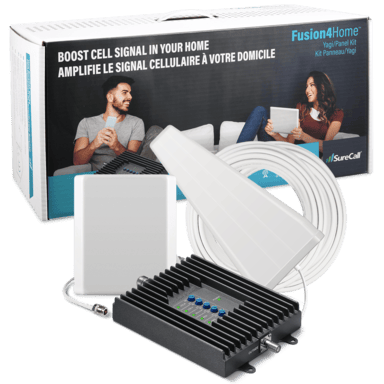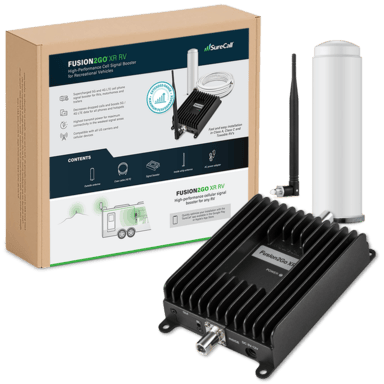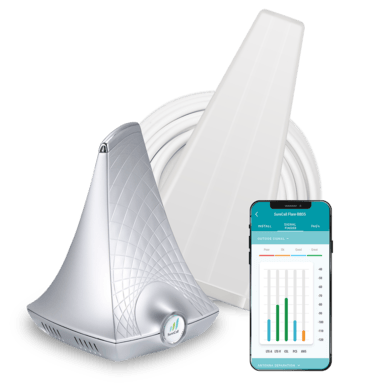
How to Find Cell Tower Locations: The Complete Guide
Posted by Dennis Findley on 9th Apr 2019
Every cell phone carrier touts having better cell service than their competitors. To prove it, they will often use a coverage map, which uses a series of bright spots to represent the size of the cell phone carrier’s network. However, keep in mind that cell coverage maps are unregulated and can often be misleading.
For example, the AT&T Coverage Map will show you which general areas have AT&T coverage but it will not show you the cell signal strength in specific spots or inside of buildings.
Based on your proximity to a cell tower you may experience increased or decreased cell signal strength and reliability. The information in this post will give you some helpful tools and information you can use to locate the nearest cell carrier tower for your area. It can also give you useful information to help you be more strategic with the placement of a residential or commercial cell signal booster.
What is a Cell Tower?
Your cell phone sends and receives signals using radio waves. It acts as a transmitter and receiver to send and receive information—such as voice, text, or data—over these waves. That frequency is transmitted and received between the antennas attached to a cell tower and the antennas inside any cell phone or cellular device.
Cell towers are the large structures with powerful antennas that receive and transmit cell signals over larger distances than would be possible for your phone alone. These towers are usually strategically placed in a grid that slightly overlaps with the service radius of the other cell towers within the provider’s network to allow for a more seamless jump between towers when traveling, such as in a vehicle.
If you have fallen within a carrier’s cap, there are products available that can extend your carrier’s coverage map and improve cell service. You can also learn more about how to improve cell service.
How Do Cell Towers Work?
Your cell phone sends and receives signals using radio waves. It acts as a transmitter and receiver to send and receive information—such as voice, text, or data—over these waves. That frequency is transmitted and received between the antennas attached to a cell tower and the antennas inside any cell phone or cellular device.
5 Best Ways to Find Your Cell Tower Location
Cell tower websites, cell carrier maps, mobile cell tower locator apps, field test mode, and cell signal meter are great ways to find the nearest cell tower to you. Some can take only a few minutes, while others may take a little extra work. Here’s how they work:
1. Cell Tower Websites
Several websites offer cell tower mapping services that show cell tower locations in your area. These websites are usually straightforward and simple to use. However, it is often difficult to ensure the information on the site is 100% accurate.
While this method may not give you the most accurate information on finding cell tower locations near you, it can still be a great, free starting point. Some cell tower mapping websites include:
CellMapper.net
CellMapper.net is known for having some of the most up-to-date cell tower locations for most major providers. Its maps and user platform can be a little technical, but it provides robust information and is updated daily.
AntennaSearch.com
AntennaSearch.com has you enter your street address, city, state, and zip code to pull the locations from the cell towers nearest you. After the data is input, you can either view the information on a map or download it into a .csv with coordinates.
Some people also recommend OpenSignal.com to find cell phone towers in your area.
2. Cell Carrier Coverage Maps
Every provider will likely refer to their cell network as nationwide coverage, which in a stretch of the word they cover all regions of the country. However, as we all know, there are areas within the country that do not have coverage, even though it falls within the carrier’s coverage map. For a quick check of whether there are any cellular tower locations in your area, consult the carrier map, usually provided on the carrier’s website.
Most of these maps are interactive, searchable by address, and allow you to zoom and magnify. You’ll notice these maps don’t actually show cell tower location; instead, they show a visual heatmap denoting coverage in your given location.
3. Cell Tower Locator Apps
As with most interests or obsessions, as they say, “there’s an app for that.” There are several mobile phone apps that use your GPS location to map out the closest cell phone towers near you.
We use these apps on a regular basis and these are our favorite cell tower location apps:
- Open Signal – Android and iPhone compatible
- Network Cell Info (Lite or Paid) – Android compatible
- Cell Tower Locator – Android compatible
- LTE Discovery – Android compatible
- Network Signal Info – Android compatible
4. Field Test Mode
Field test on your mobile device lets you see your true signal strength at any given time. While it won’t actually give you the address of your nearest cell tower, it will let you do a general test in your home or office to see which rooms get the best signal strength.
Field test mode will work for all Android devices and any iPhone preceding iOS 11. Learn more about how to effectively use field test mode.
5. Cell Signal Meter
While most people will rarely—if ever—need a signal meter, it is the most effective means of identifying the nearest cell tower that is delivering the strongest cell signal to your exact location. This is a handheld device that measures 3G and 4G frequencies and displays the strength for each carrier. Professional installers, contractors, or other wireless professionals use this method to compare signal strength in a given area. Some customers in very rural areas may also use a signal meter, though this is less common.
Improve Your Cell Service
If you’re having trouble receiving strong cellular service for your phone or mobile device, you may want to consider purchasing a cell phone signal booster. Signal boosters work to extend a cell carrier’s coverage area to deliver better service inside of homes, offices, cars, trucks, and RVs, no matter which North American carrier you use. Sometimes called a network extender, these will improve your ability to call, text, and use cellular data in areas with weak cell service.
Fusion2Go XR RV Cell Phone Signal Booster
Fusion4Home Yagi Panel Indoor Signal Booster



